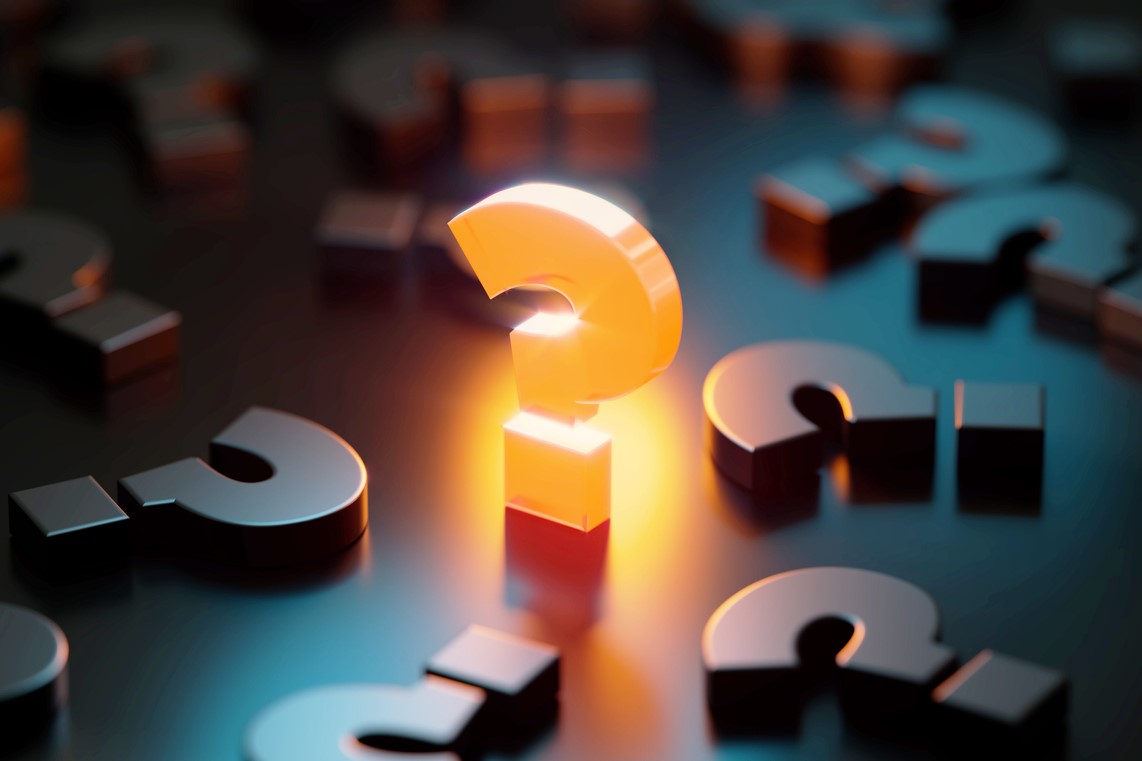A quick refresher on using minor punctuation marks in AP style
From parentheses and exclamation marks to slashes and brackets, here’s how to use these lesser marks.

We’ve dedicated multiple articles to single punctuation marks like apostrophes, quotation marks and semicolons. Whole books could be written on how to use commas. But there are others that, while important, are simpler.
Let’s look at how to use some of these more straightforward punctuation marks in good old AP style, the gold standard for comms pros.
Exclamation point
The most important rule with this is, to quote the AP Stylebook: “Avoid overuse.” The mark, of course, indicates that something has a strong emotion behind it. The book counsels to use commas after mild interjections (“Dang, that smarts,”) or to end mildly emotional sentences with a period.
If you’re using the point with quotation marks, it goes inside the quotation marks if it’s part of the actual quote (“Never give up, never surrender!” he cried), but to leave it outside if it is not (I love “Doctor Who”!)
Question mark
The usage of the question mark is right there in the name: you use it to indicate someone is asking a question. In general, its usage is straight forward. Use the same rules for quotation marks we just discussed with the exclamation point. If you’re using a Q&A style format, there’s no need for a question mark at the end of the question bit.
Parentheses
Again, you probably don’t need this punctuation mark nearly as often as you think. As the stylebook puts it: “The temptation to use parentheses is a clue that a sentence is becoming contorted. Try to write it another way.” Commas or dashes can both take the place of parentheses while being less jarring to a reader.
They can also be used to include missing information or clarifications in quoted material. In general, AP style wants you to avoid this and paraphrase if possible. However, if a quote is “essential,” you can use a parenthetical to add clarity: “He (the pizza guy) said pineapple on pizza is an abomination.”
Parentheses should be used to insert necessary background information into a sentence that doesn’t fit with the overall flow of the line. They can be either a full sentence or a clause. Full sentences should be punctuated as such, while clauses can get lowercase with no punctuation (like this).
Brackets
Think a parenthesis, but square: []. And then don’t use them: they are not accepted in AP style.
Slash
A slash has two key uses. First, it can be used to separate two ideas that are linked but opposite, in an either/or style (see what I did there?). In this case, there is no space on either side of the slash.
It can also be used to break up song lyrics or the lines of a poem. In this case, put spaces on either side of the slash, as in:
Twinkle, twinkle, little star / How I wonder what you are.
What other punctuation marks would you like help with? What’s baffling you? Let us know, and we may write about it.
Allison Carter is executive editor of PR Daily. Follow her on Twitter or LinkedIn.







